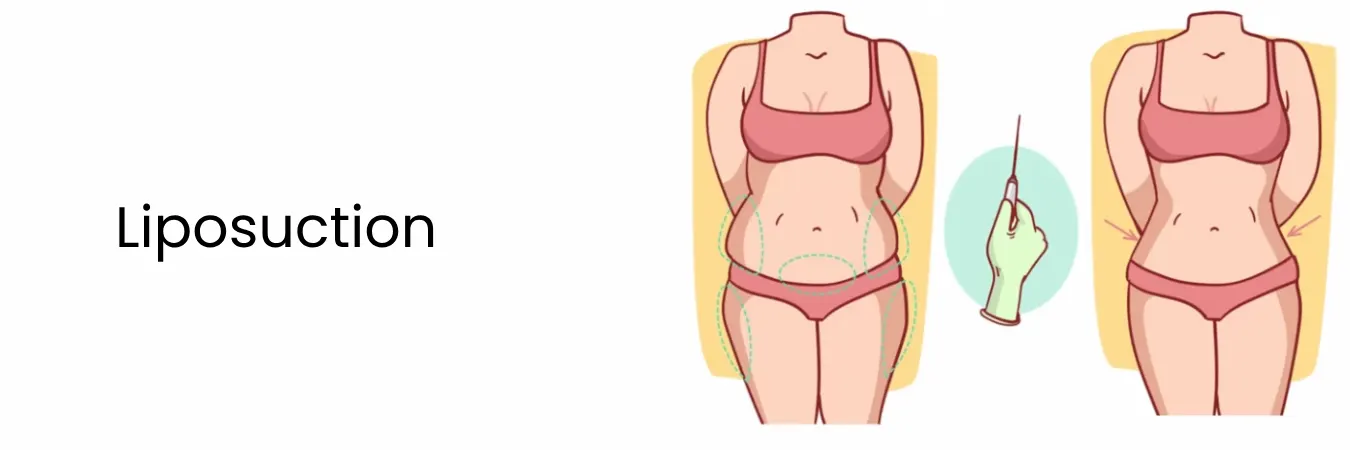Diagnostic Steps Before Liposuction
Before undergoing liposuction surgery, a comprehensive evaluation and diagnosis are crucial. This assessment, conducted by a plastic surgeon, serves to determine the individual's suitability for body contouring treatment and identify any medical conditions or factors that may affect the procedure's safety and outcomes. The diagnostic process includes:
Physical Examination: The surgeon assesses the areas of concern to determine the volume and distribution of fat, as well as the quality of the skin in those regions. The patient's overall health and medical history, including previous surgeries and current medications, are also reviewed.
Body Mass Index (BMI): Calculating the patient's BMI, which is a measure of body fat based on height and weight, helps establish whether the individual falls within an appropriate weight range for liposuction. It aids in determining if any weight loss is necessary before the procedure.
Skin Elasticity Assessment: Evaluating the skin's elasticity helps determine its ability to adapt to the new contours following fat removal. Given that liposuction primarily addresses fat, poor skin elasticity might necessitate additional procedures such as skin tightening to achieve optimal results.
Medical Tests: Depending on the patient's health history, the surgeon may request specific tests like blood tests, imaging studies (ultrasound or MRI), or an electrocardiogram (ECG) to assess cardiac health.
Types of Liposuction Procedures
Tumescent Liposuction: This involves injecting a large volume of lidocaine and epinephrine into subcutaneous fat tissues to make them swollen and firm (tumescent). A cannula is then used to break down and suction out the fat tissues through a vacuum device.
Power-Assisted Liposuction (PAL): PAL utilizes a vibrating cannula technique, moving in an up-and-down motion to enhance fat removal. It is preferred for challenging, secondary, or scarred areas, as well as for transferring large fat volumes for precise results.
Laser-Assisted Liposuction (LAL): Laser technology is employed in this method to break down fat tissues and stimulate collagen production for skin coagulation and tightening. A laser probe is inserted into the target area to emulsify fat tissues, which are subsequently suctioned out.
Ultrasound-Assisted Liposuction (UAL): UAL uses ultrasound energy to liquefy fat tissues. A third-generation UAL device is employed, and a probe is inserted to melt fat in the targeted region. The liquefied fat is then extracted using a specialized vacuum device. This method is advantageous for challenging areas and specific skin types, making it useful for gynecomastia treatment as well.

